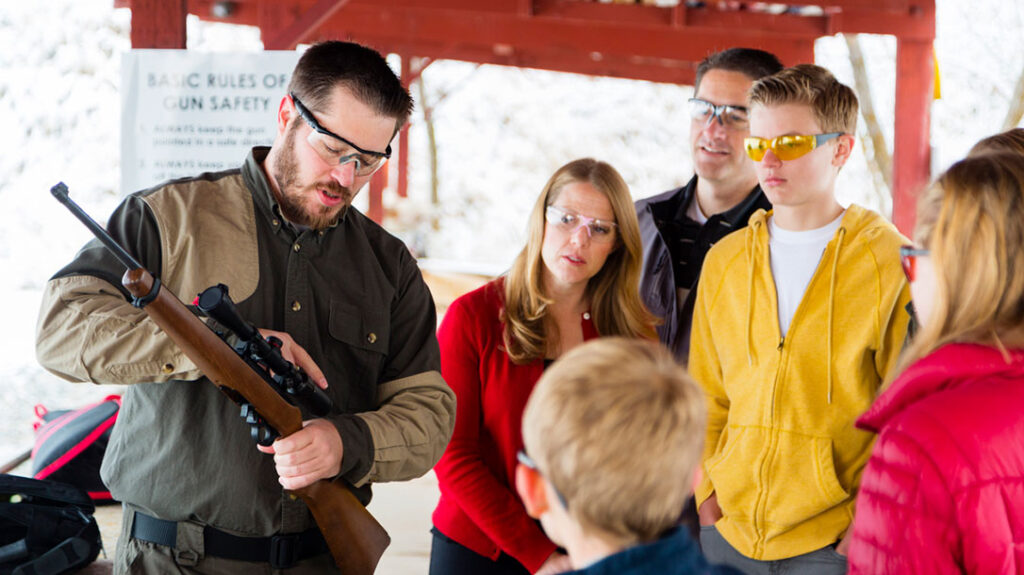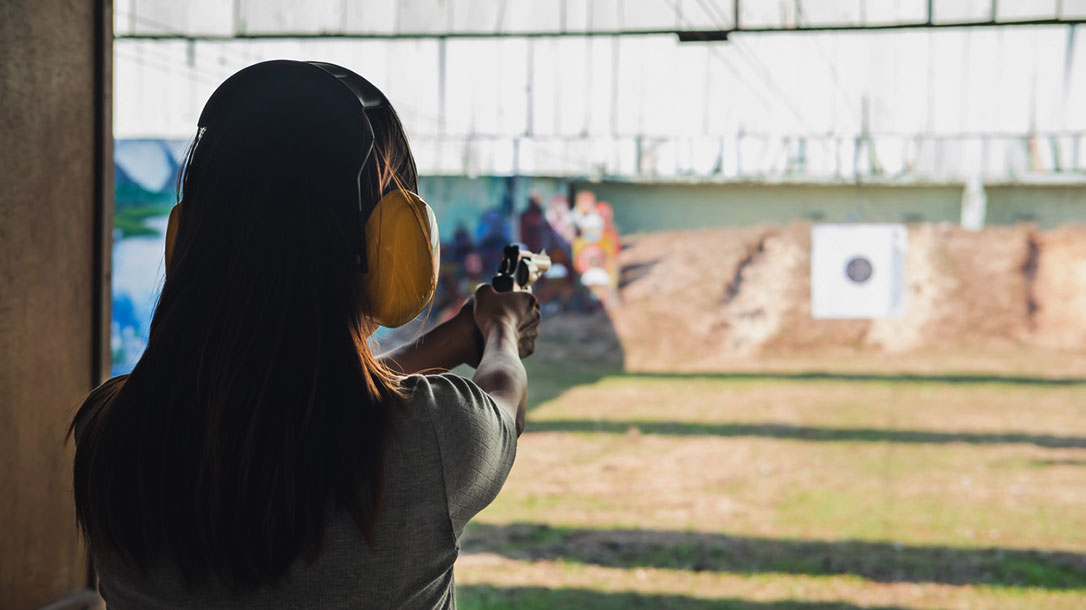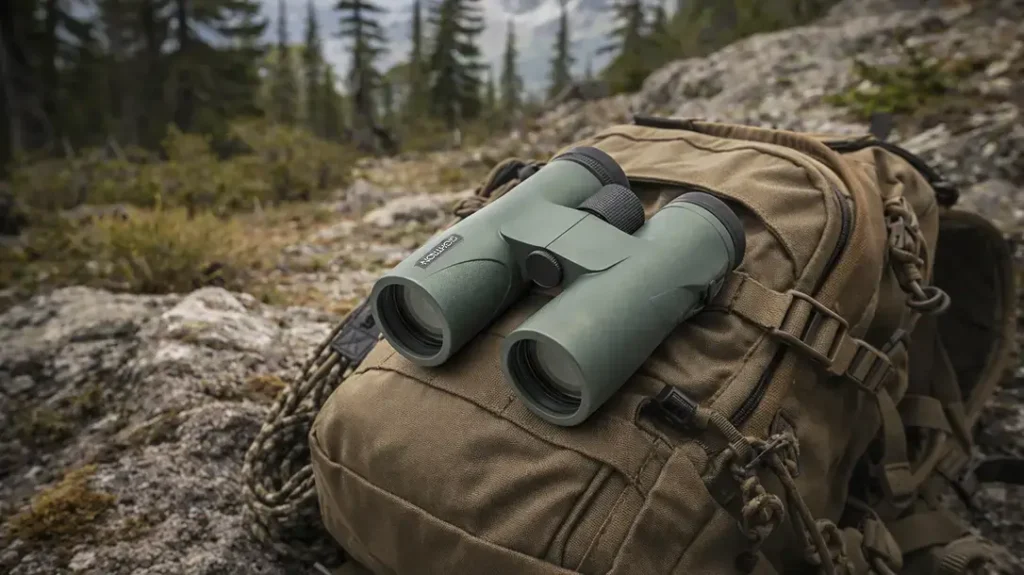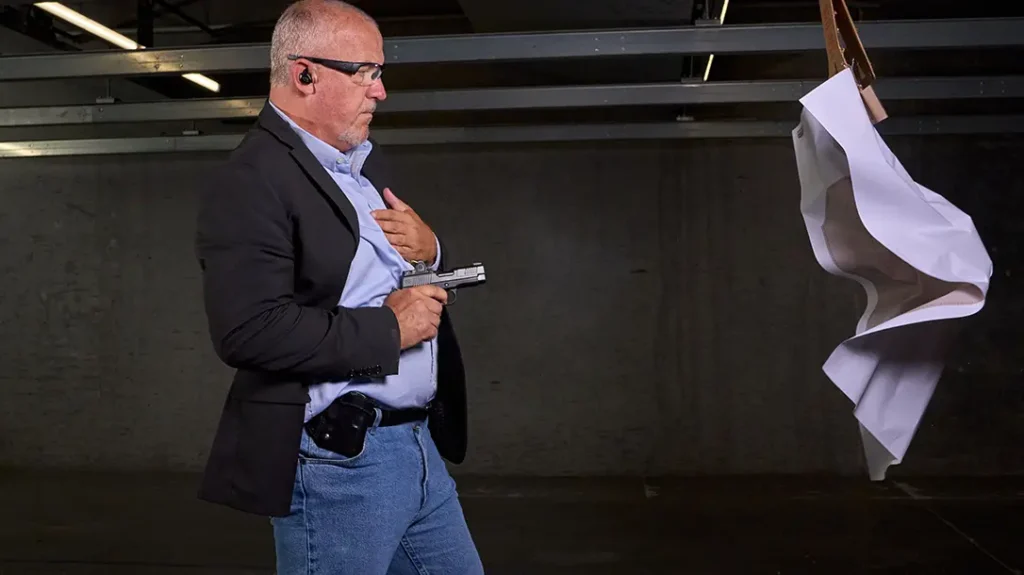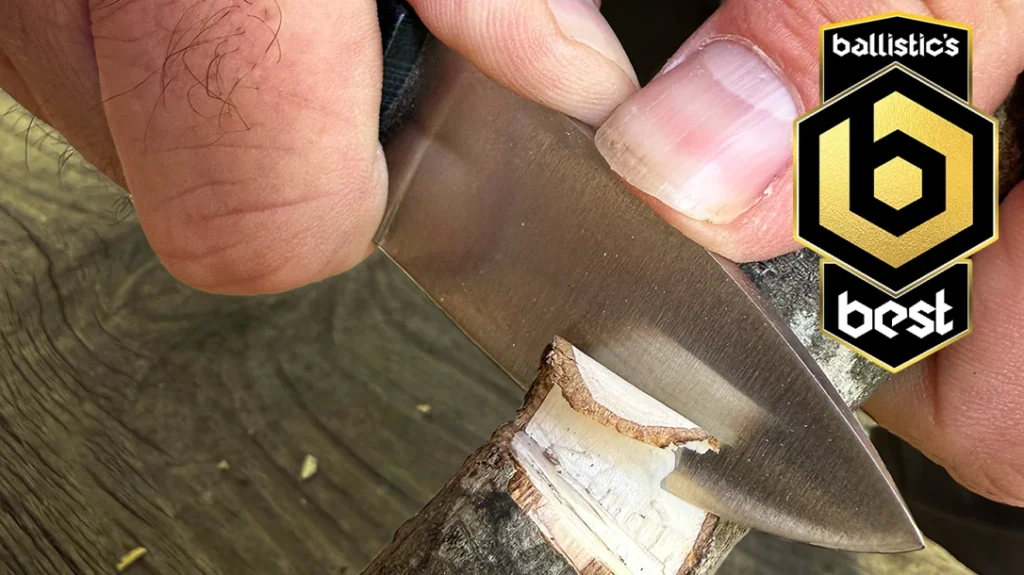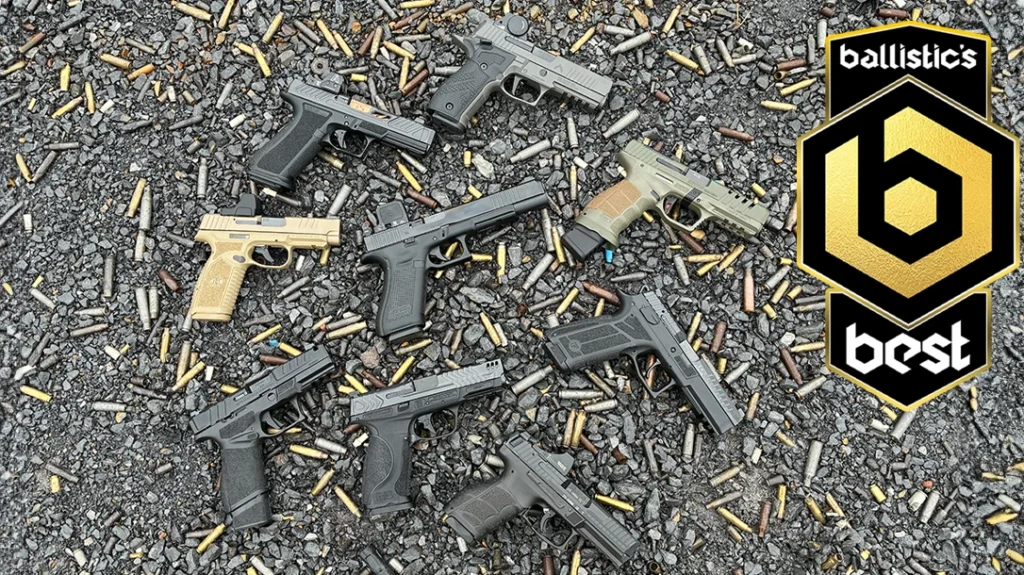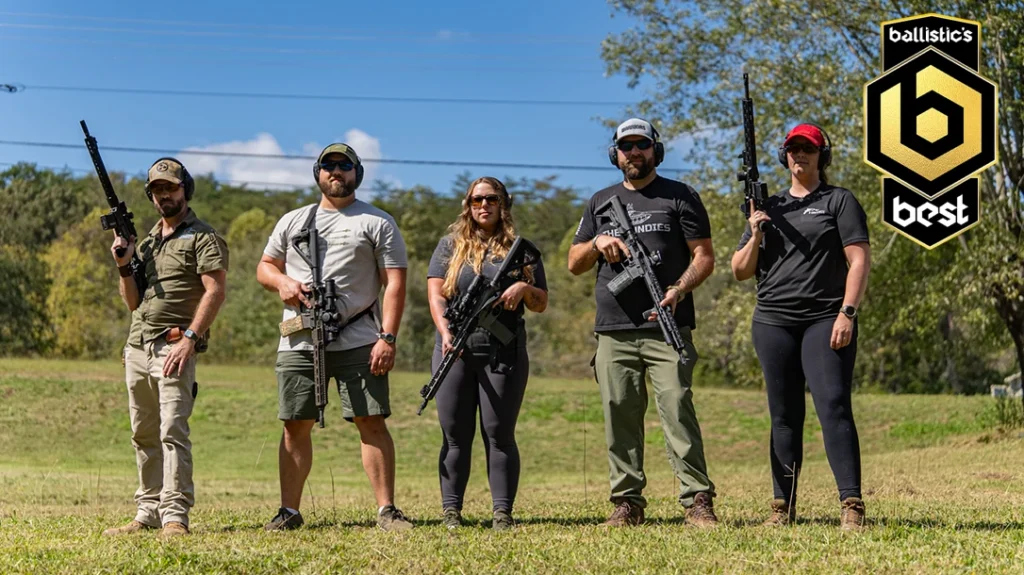Many of the topics we have covered so far in our Shooting 101 series might have seemed like take-it-or-leave-it information to some readers. However, gun safety should be the utmost priority of all gun owners—both new and those who have used guns for decades. As we approach this topic, please keep safe gun handling, storage, and use foremost in your mind anytime you handle a gun. So, now, let’s dig into the 4 rules of gun safety.
Understanding the 4 Rules of Gun Safety
There are four basic rules of firearms safety that are widely recognized. If followed, they will ensure you never have an accident. Let’s take a look at each one and what they entail.
1. Always Keep Firearms Pointed in A Safe Direction
Gun owners who strictly follow this rule will never cause injury or damage to anything they don’t intend to. Never point your gun at anything you do not intend to shoot. This includes when loading or unloading your firearm.
Advertisement — Continue Reading Below
Logic dictates that no injury or damage can occur as long as the muzzle is always pointing in a safe direction. Note that this requires a constant thought process whereby the shooter analyzes which directions are safe and which are not.
2. Treat All Guns as Though They Are Loaded
If you follow the news, you know that many people are injured or killed with guns that someone “thought were unloaded.” Following this rule will ensure that never happens with your firearm.
Anytime you pick up a gun—before doing anything else—assume that it is loaded and treat it as such. Whenever you handle a firearm or hand it to someone, immediately open the action and perform visual and physical checks. Check the chamber, receiver, and magazine to ensure they contain no ammunition. Plus, always keep the action open when the gun is not in use.
Advertisement — Continue Reading Below
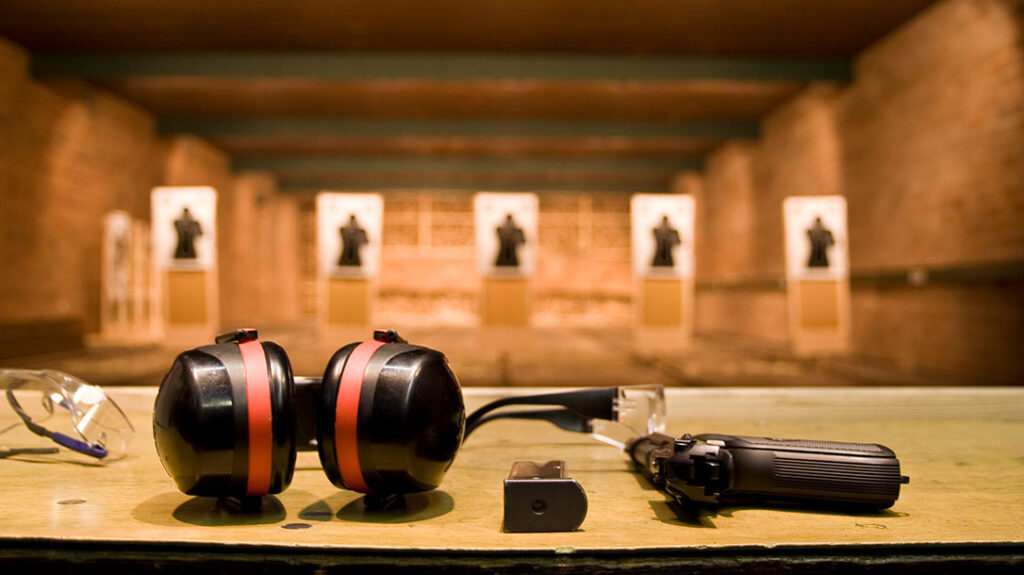
3. Keep Your Finger Off the Trigger Until You Are Ready To Shoot
It’s easy to unconsciously let your finger rest on the trigger, but it’s also a deadly practice. No matter what, never touch the trigger on a firearm until you actually intend to shoot. Also, never pull the trigger on any firearm with the safety in the “safe” position or anywhere in between “safe” and “fire.”
Safeties are important, and a gun should always be on “safe” when not in use. However, safeties are mechanical devices that can fail.
Advertisement — Continue Reading Below
4. Be Sure of Your Target and What Is Behind It
You should never pull the trigger on a firearm unless you are completely sure what you are aiming at is what you intend to shoot. Always positively identify your target before even pointing your gun at it.
Additionally, once you pull the trigger on a firearm, you are responsible for what that bullet might hit. It’s imperative to know exactly what your shot might strike—even beyond your target.
It probably sounds weird, but I think of this rule in terms of a Sunday School picnic. Let’s say you are shooting at something on a hill. Is it possible that people are enjoying a Sunday School picnic just on the other side of the hill?
Advertisement — Continue Reading Below
A .22 short bullet can travel over 1.25 miles, a high-powered rifle bullet can travel more than three miles, and shotgun pellets can travel 500 yards. So, knowing what is beyond your target is critical before pulling the trigger.
Final Considerations
There are plenty of other minor rules of gun safety that we could discuss. A little Google work can give you the opportunity to study those.
However, gun owners who always keep their firearms pointed in a safe direction, treat all guns as if they are loaded, keep their finger off the trigger until they are ready to shoot, and are 100% sure of their target and what lies beyond it will always be safe gun owners.
Advertisement — Continue Reading Below
And safe gun owners are responsible gun owners.
